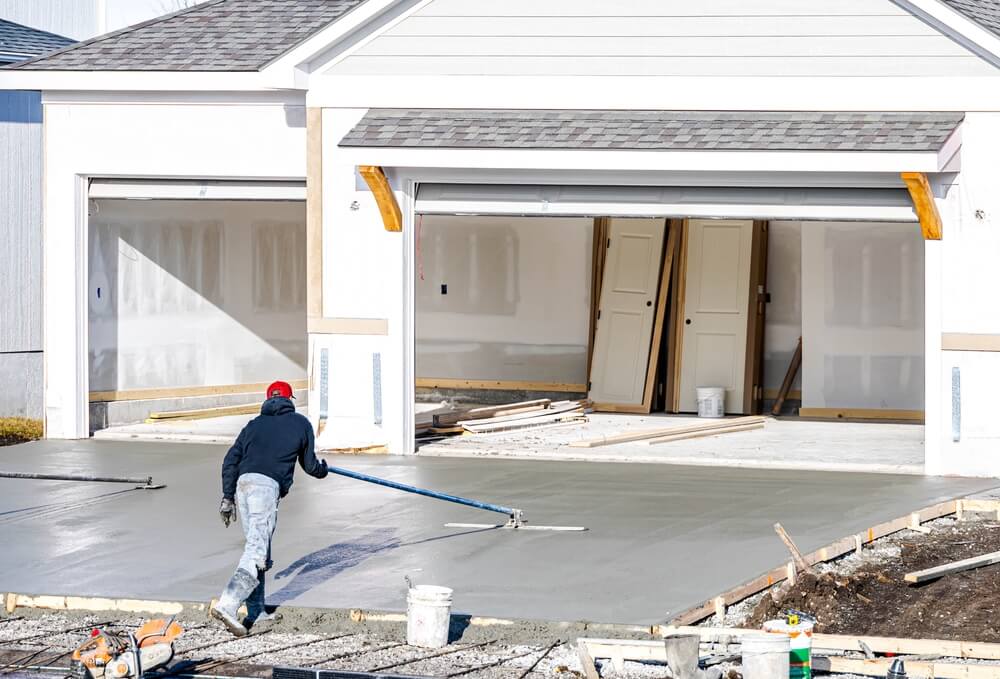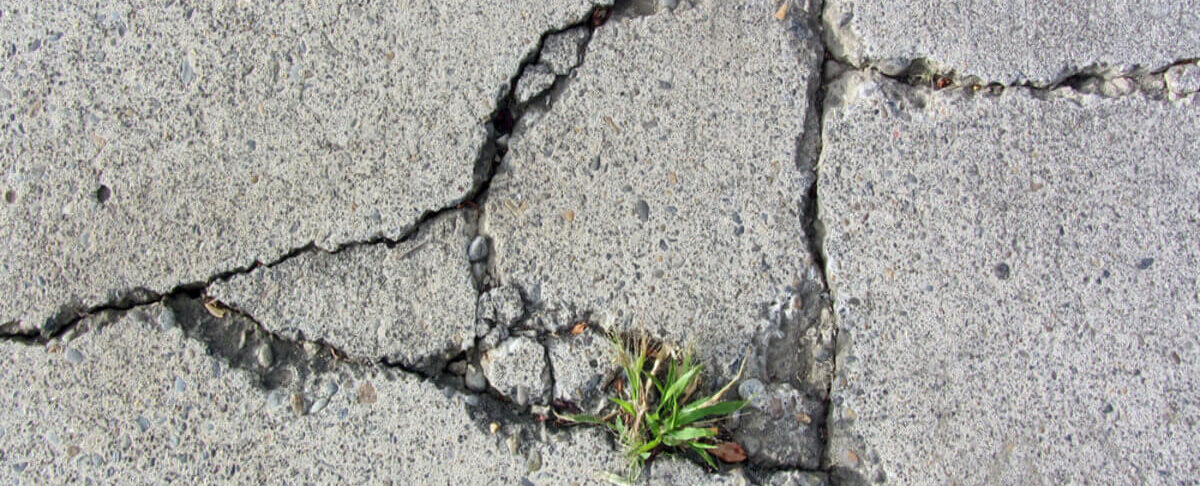Concrete settling can cause significant problems for homeowners and businesses alike, from unsightly cracks to dangerous uneven surfaces. Understanding why concrete settles and how to address the issue is crucial for maintaining the integrity of your property. In this guide, we’ll explore the common reasons behind concrete settling and provide practical solutions to address each problem.
What Causes Concrete Settling?
Concrete settling is a serious issue that can affect both the aesthetic appeal and structural integrity of your property. To effectively tackle the problem, it’s important to first understand what causes it. Here are five common reasons why concrete may begin to settle:
1. Poor Soil Compaction
Soil Compaction and Concrete Stability
One of the primary reasons for concrete settling is inadequate soil compaction. When concrete is poured, it relies on a stable and well-compacted soil base for support. If the soil beneath the concrete is not compacted properly, it can lead to uneven settling and eventually cause the concrete slab to sink.
How to Fix it:
To fix issues related to poor soil compaction, you need to ensure proper compaction before pouring new concrete. This might involve using a soil compactor or hiring a professional to prepare the ground adequately. If the concrete is already settled, lifting the slab and re-compacting the soil might be necessary.
2. Water Erosion
The Impact of Water Erosion on Concrete
Water erosion is another common cause of concrete settling. When water seeps into the soil beneath the concrete, it can wash away particles and create voids. This loss of support leads to instability and causes the concrete to settle unevenly.
How to Fix it:
Addressing water erosion involves improving drainage around the concrete area. Ensure that gutters and downspouts direct water away from the foundation. Additionally, you might need to use a concrete lifting technique or fill the voids with a stabilizing material.
3. Tree Roots
Tree Roots and Concrete Settling
Tree roots can exert significant pressure on concrete, leading to cracks and settlement. As roots grow, they can push against the concrete, causing it to lift or shift. This is particularly problematic if the tree is close to the concrete slab.
How to Fix it:
To prevent tree roots from causing settling issues, consider removing or relocating trees that are too close to the concrete. If roots have already caused damage, you might need to lift and repair the concrete slab, and potentially use root barriers to prevent future problems.
4. Inadequate Drainage
The Role of Drainage in Concrete Stability
Inadequate drainage can exacerbate settling problems by allowing water to pool around the concrete slab. This excess water can weaken the soil and lead to uneven settling. Proper drainage is essential for maintaining the stability of concrete structures.
How to Fix it:
Improving drainage involves ensuring that water flows away from the concrete area. Install proper grading and drainage systems to direct water away from the slab. If necessary, you might also need to apply surface sealers to protect the concrete from water damage.
5. Expansive Clay Soil
How Expansive Clay Soil Affects Concrete
Expansive clay soil, also known as shrink-swell soil, can cause concrete to settle as it expands and contracts with moisture changes. This type of soil can shift dramatically, leading to uneven surfaces and cracks in the concrete.
How to Fix it:
Addressing issues with expansive clay soil involves stabilizing the soil before pouring new concrete. This might include using chemical stabilizers or improving soil drainage. For existing concrete, techniques like slabjacking or mudjacking can lift and level the concrete.
Conclusion

Concrete settling can lead to various issues, but understanding the common causes can help you address them effectively. Whether it’s poor soil compaction, water erosion, tree roots, inadequate drainage, or expansive clay soil, there are solutions available to restore your concrete’s stability. For professional assistance and quality concrete repair services, contact Richfield Concrete today.




